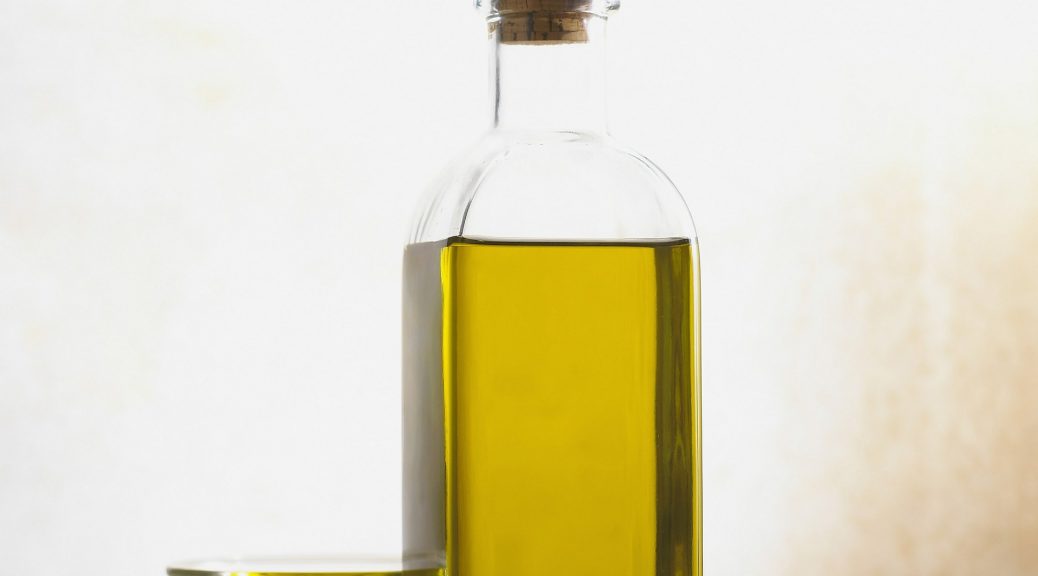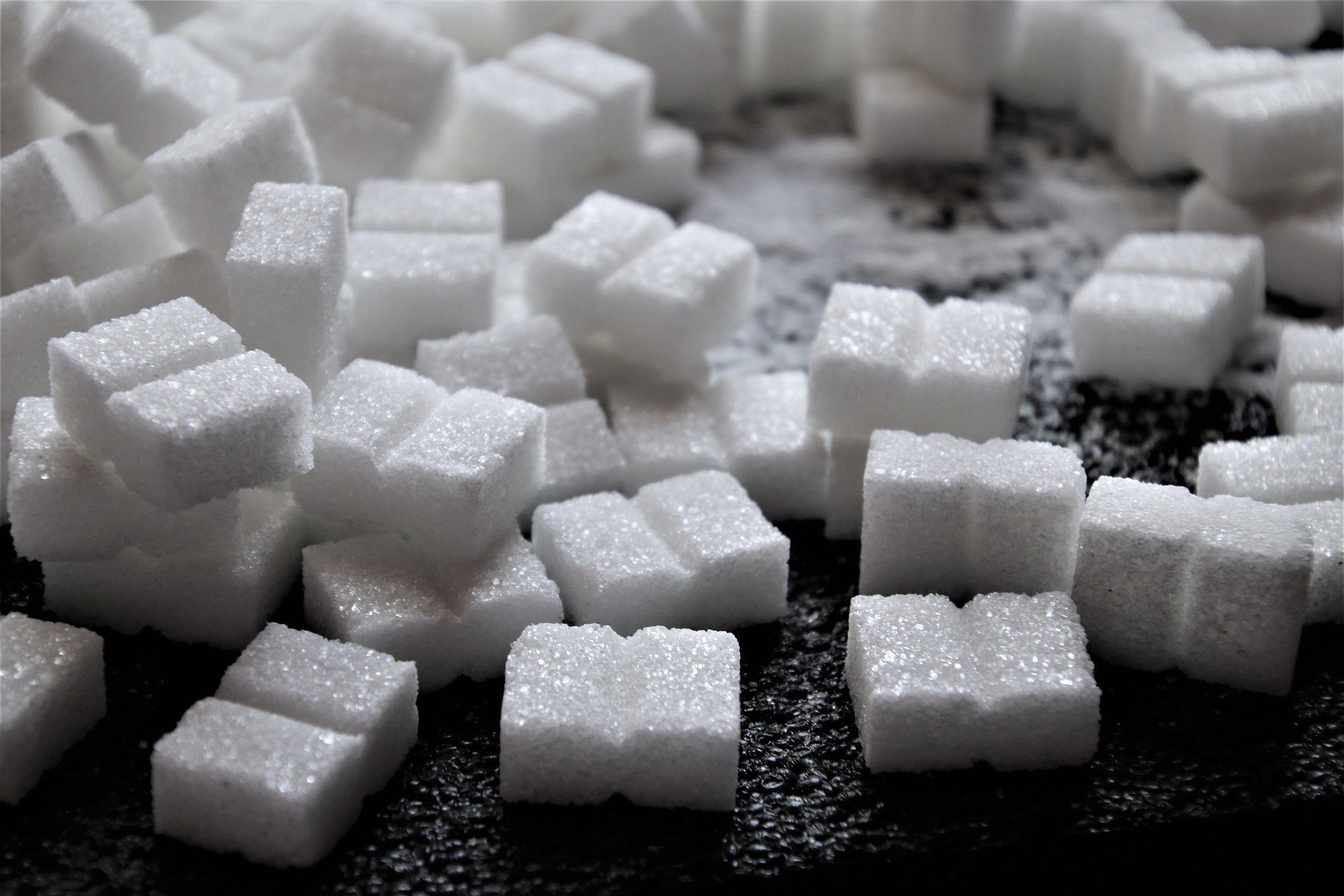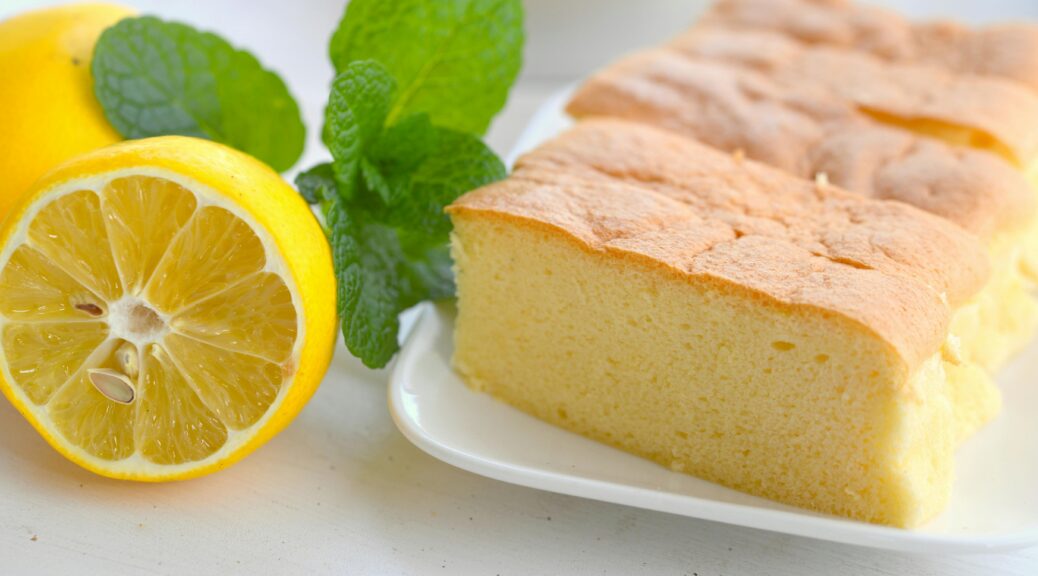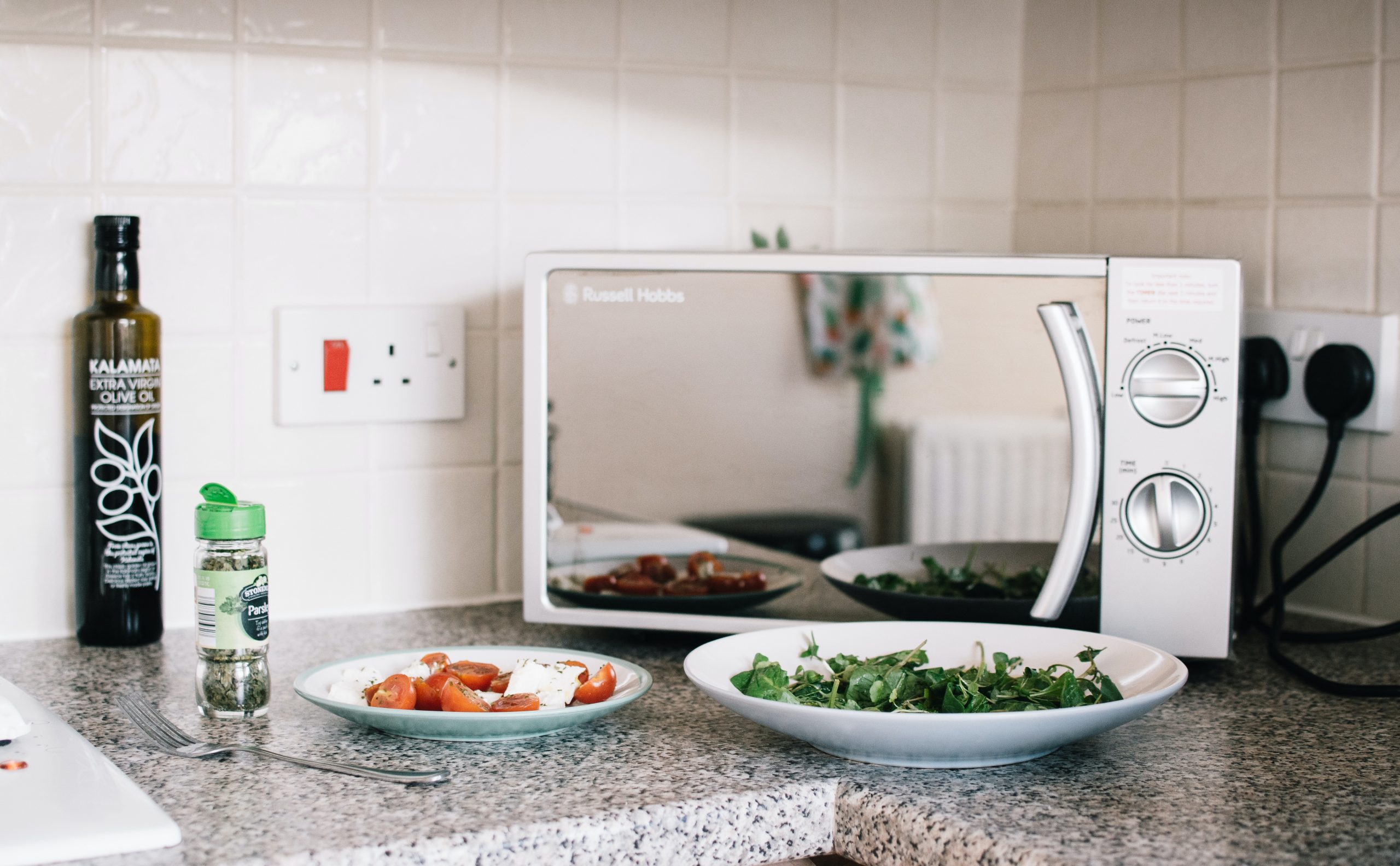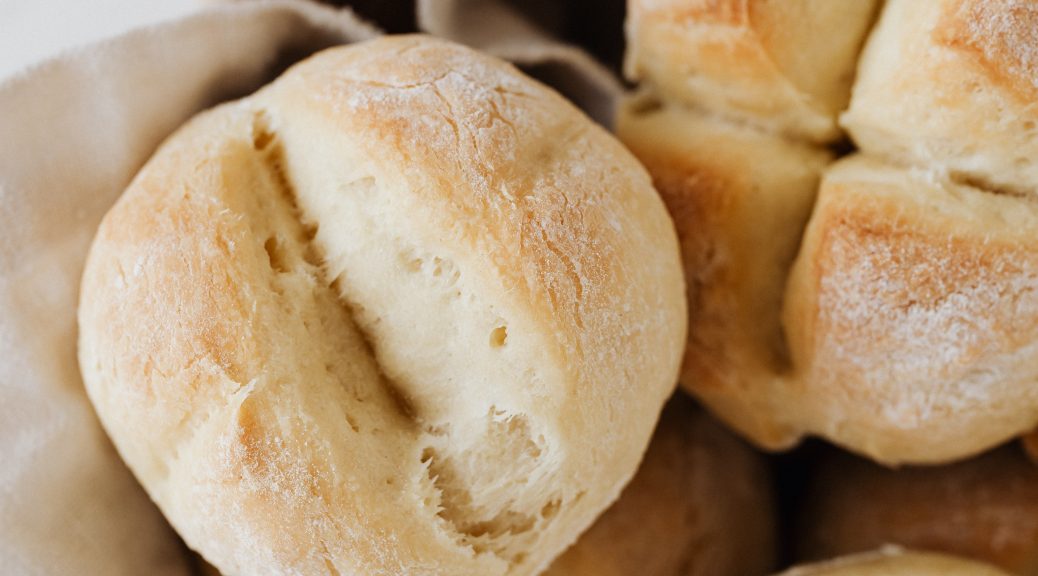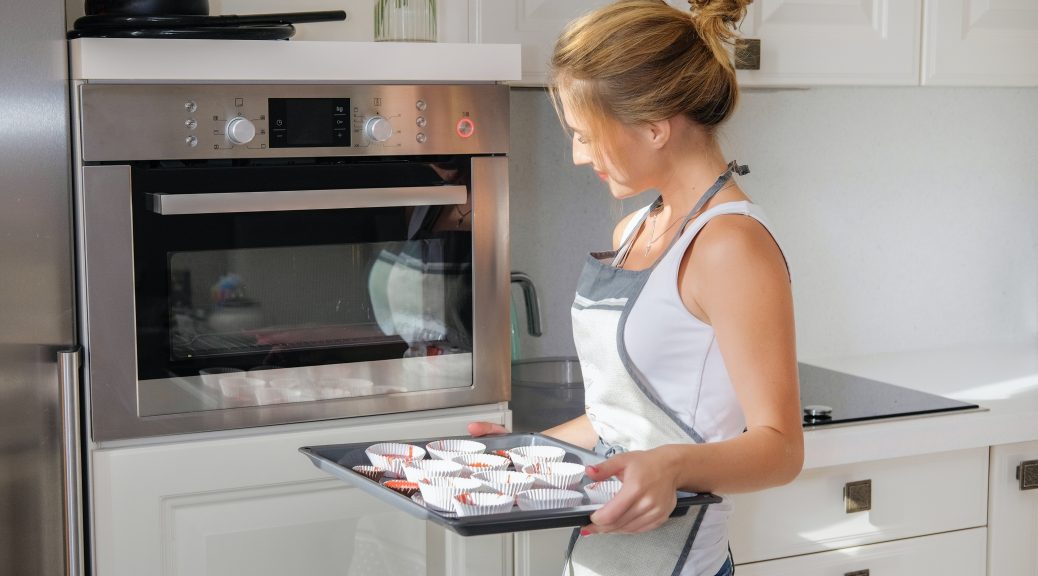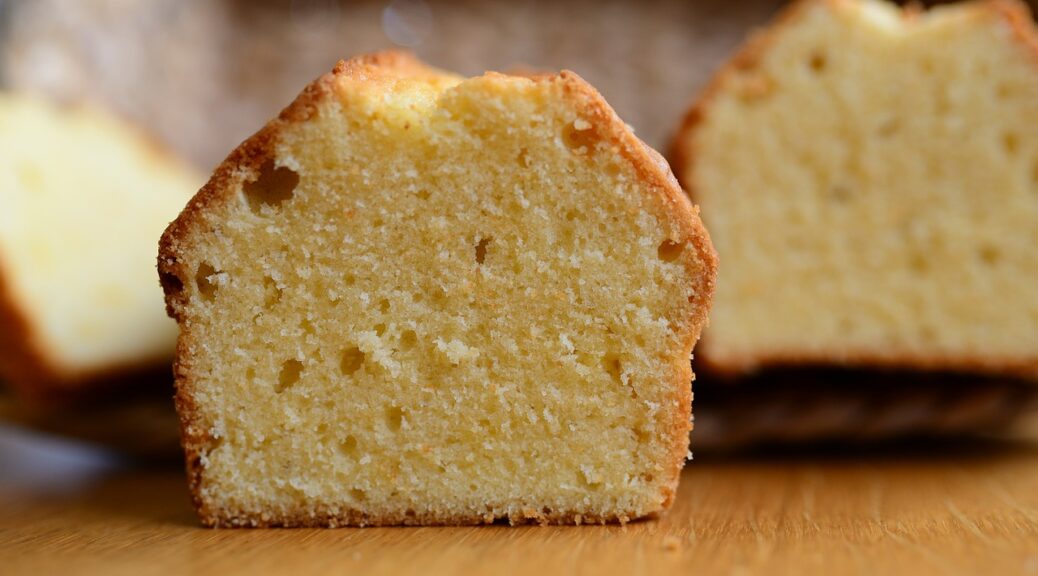Oils and Fats: Basics
Today, we will delve into the realm of oils and fats, exploring their roles in various baking, pastry, and cookie preparations, and discussing key factors to consider when choosing them. Given the complexity of the subject, we will address it through multiple entries. This first entry will cover more general topics. Oils or Fats Let’s begin by clarifying the terminology commonly used. In general, we refer to fats in a liquid state at room temperature, such as olive, sunflower, soy,…
